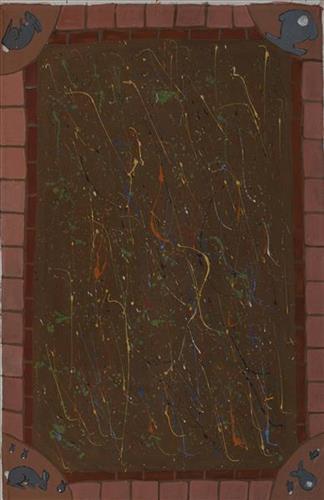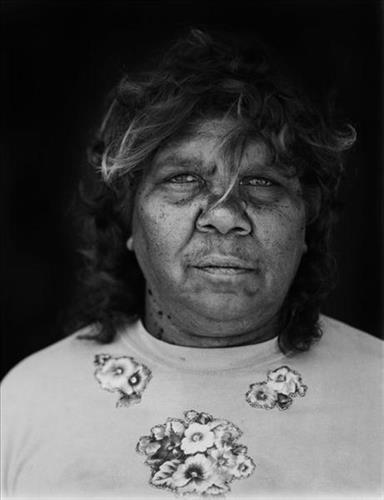111581626538
Rabbit Proof Fence
“My mother is Daisy Kadibil. She was one of the sisters who walked along the Rabbit Proof Fence. At Jigalong one day, the old people, the mothers were getting their rations. The kids were playing around and Daisy saw a car come, and it took off with the kids. A man in the car was chasing them and took them to the mission at Moore River. They were taken to the mission by the government.
The girls were placed with other mutta mutta children (children of mixed descent) who had all been taken away from their families. [At the mission there was] a girls’ dormitory, church and staff houses. The gum trees around the mission were really big trees. They are different to the rest of the country.
Their mum and dad used to say if they take you away you know what to do- follow the Rabbit Proof Fence back. So that’s what they did. My Mum and Aunty walked from Moore River settlement, following the Rabbit Proof Fence. They were heading back to Jigalong. My other Aunty Gracie got picked up in Magnet and taken back to Moore River Settlement, so it was only two of them going back home. Back in Old Jigalong the three mothers were running to meet the two daughters who made it all the way back.
After she came home to Jigalong my mother got married. She had my two sisters, brother and me. It’s important for me and for my younger generation to know about it. How mum walked back from where she was taken away to, so my grandkids from generation to generation can know how she survived and found her way back.”
– Noreena Kadibil
In 1931 sisters Molly Craig, Daisy Kadibil and Gracie Fields were taken from their families, like many other Aboriginal children at that time, and transported to Moore River Native Settlement, north of Perth. They were taken away in the belief that part-Aboriginal children should be trained as domestic servants.
The three girls escaped the next day and, incredibly, walked 1600 kilometres home to Jigalong using the Rabbit-Proof Fence to navigate. The Rabbit Proof Fence remains the world’s longest fence, and was built in the early 1900s to separate rabbits from pasture. For nine weeks, the girls followed its length in order to be reunited with their family. They crossed a flooded river, sand dunes, heathlands, wheatbelts and plains, claypans and salt lakes. They slept in dug-out rabbit burrows, and caught and cooked rabbits, along with other plant based bush tucker. For the duration of their journey they were pursued by policeman and an Aboriginal police tracker.
The girls’ story has been immortalised in the novel “Follow the Rabbit-Proof Fence” by Doris Pilkington (Nugi Garimara, 1996), and was adapted into the film “Rabbit Proof Fence” (2002). This story retains special significance for the Martu, and in particular those inhabitants of Jigalong Aboriginal community. The three girls were Martu, and their children and grandchildren, including Noreena and her family, continue to live in the Martu homelands today.




